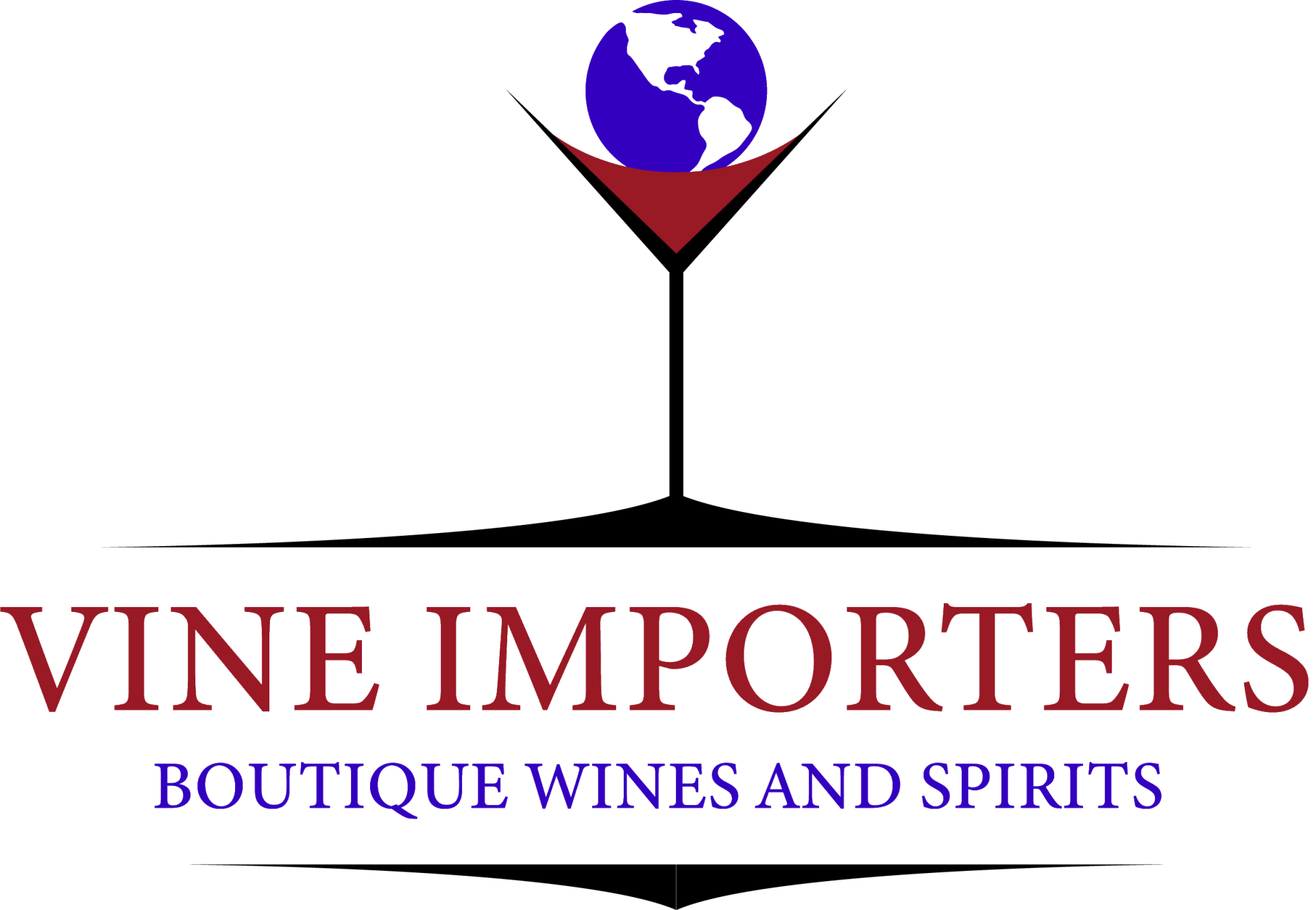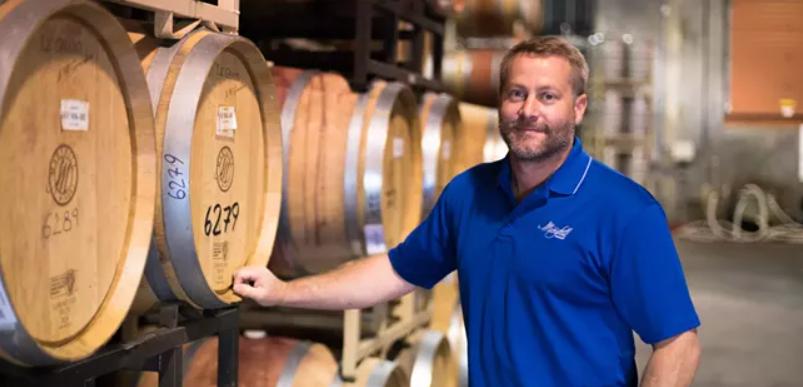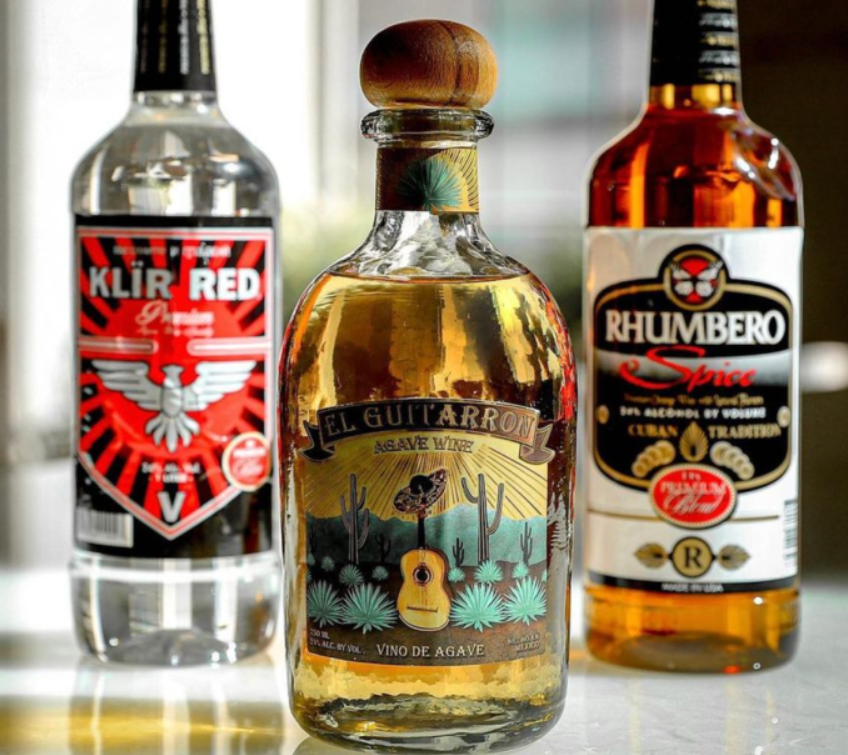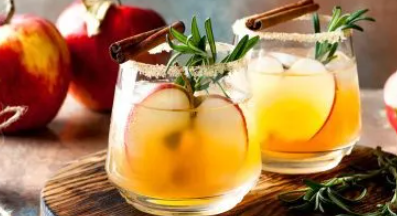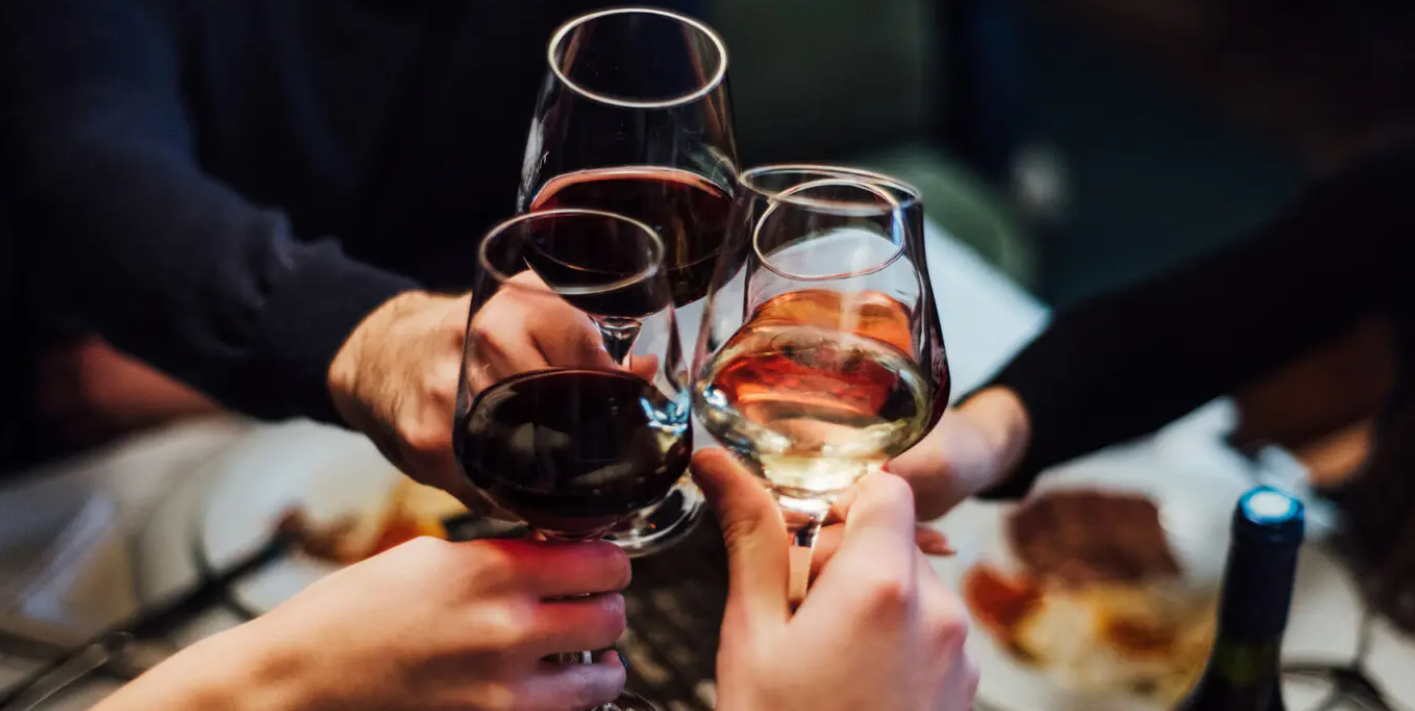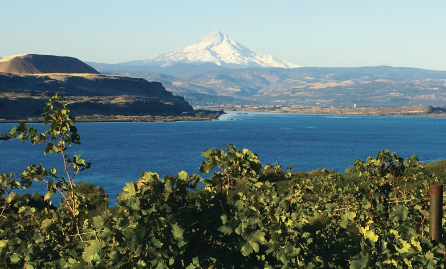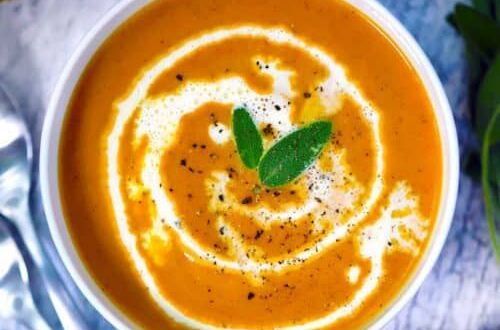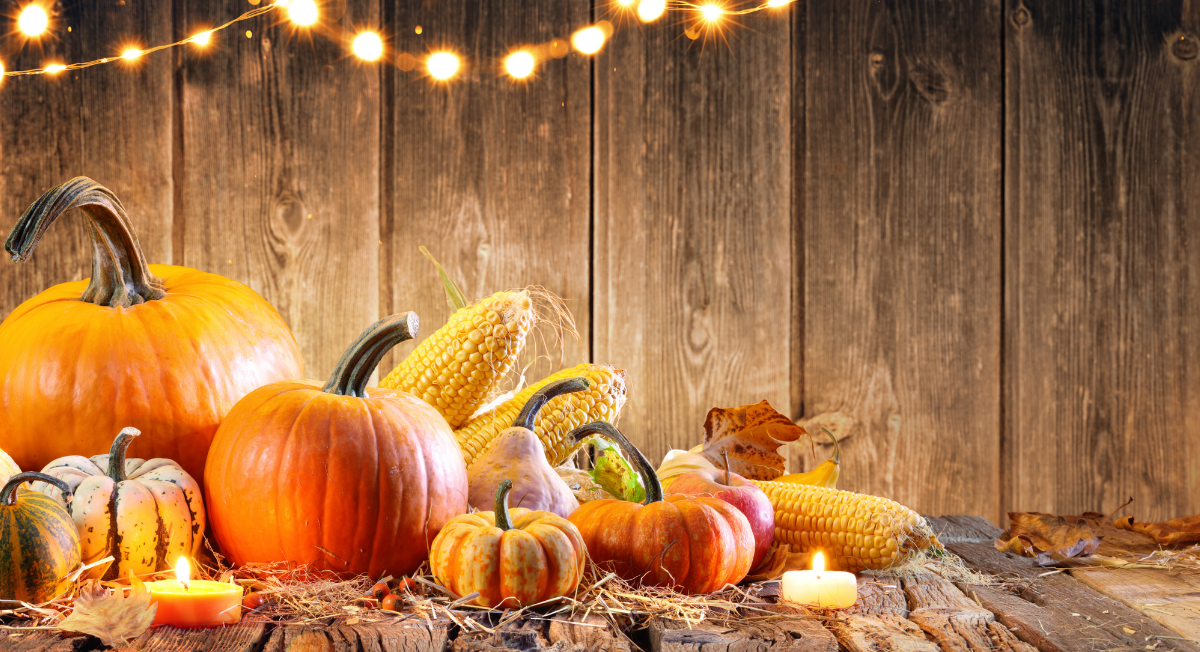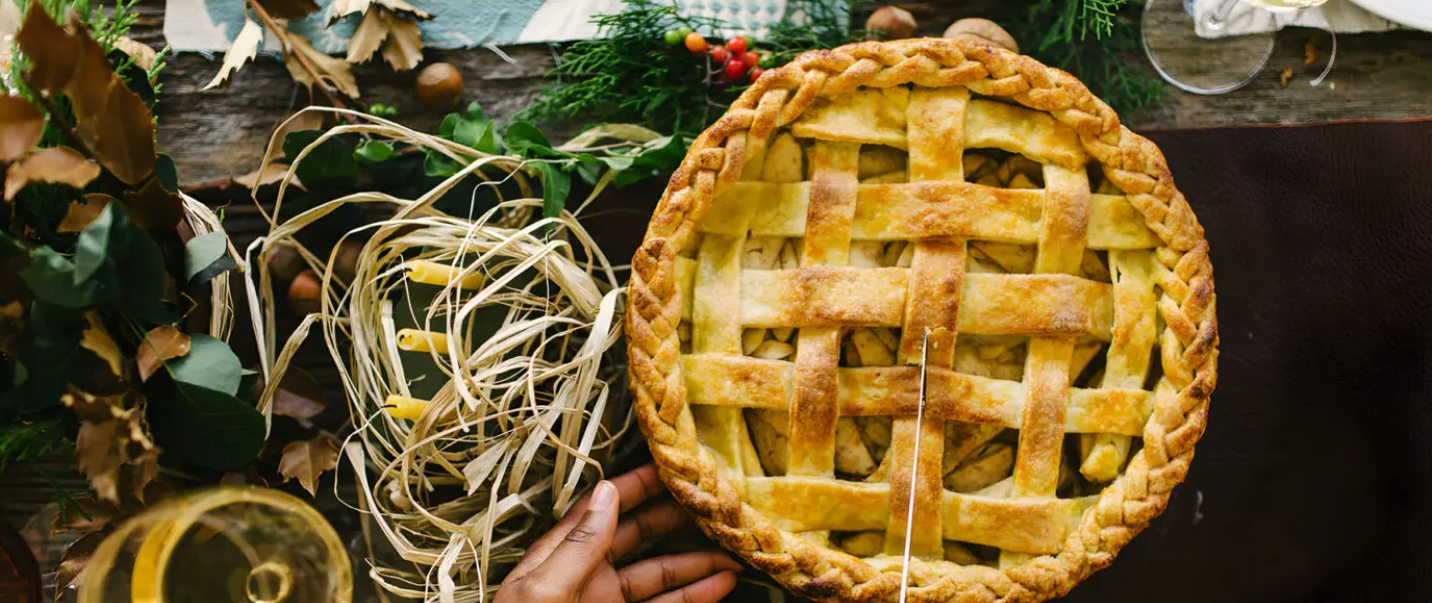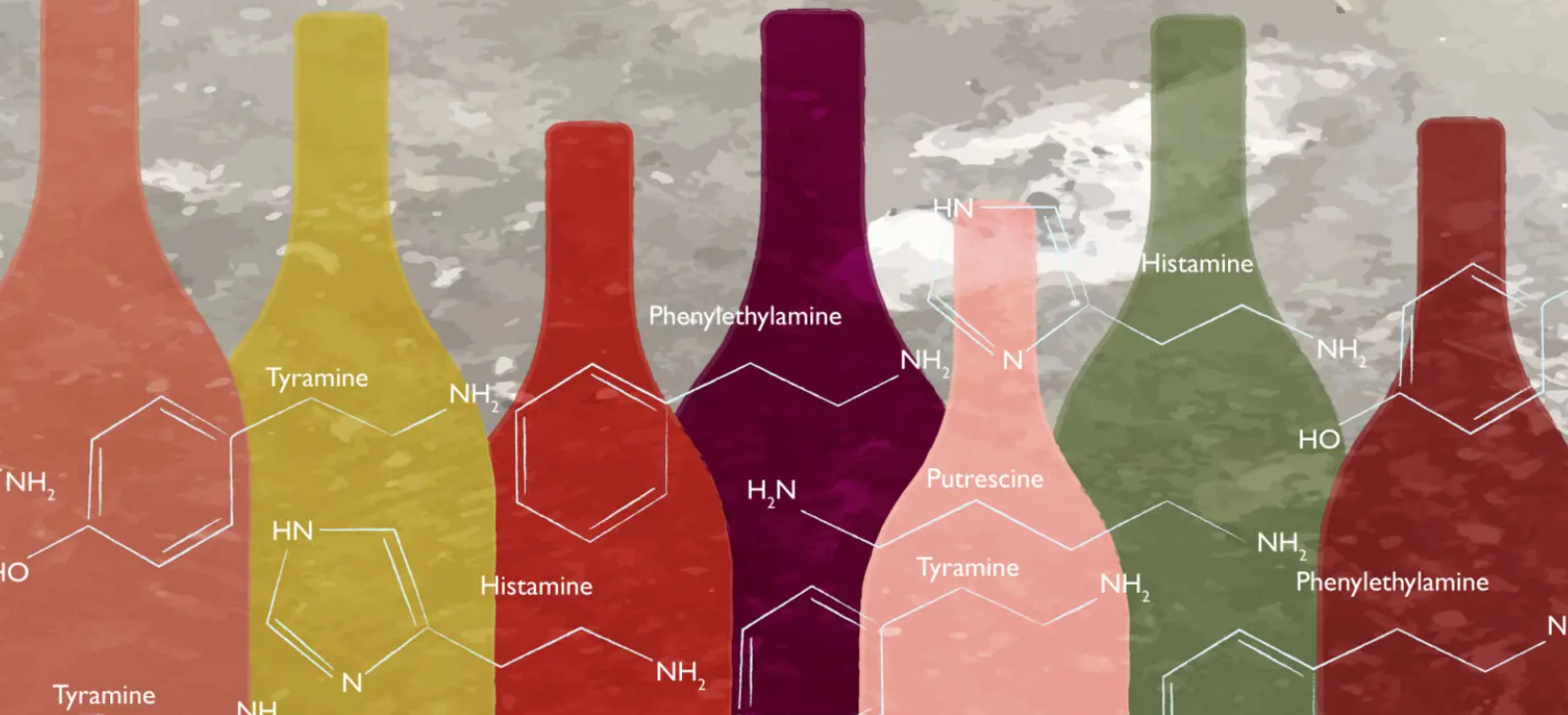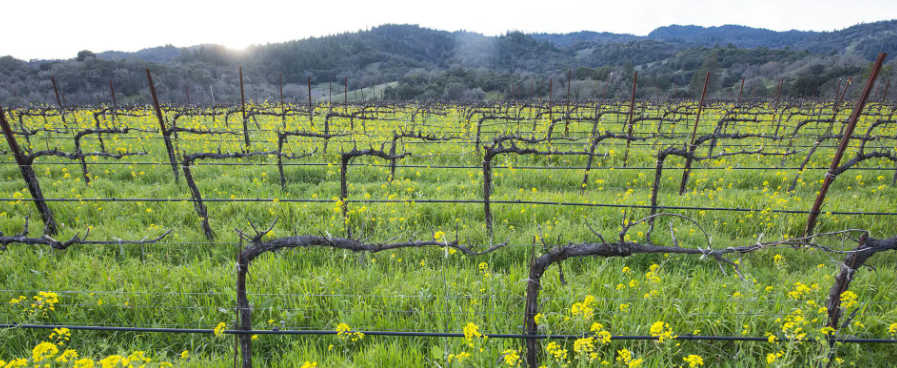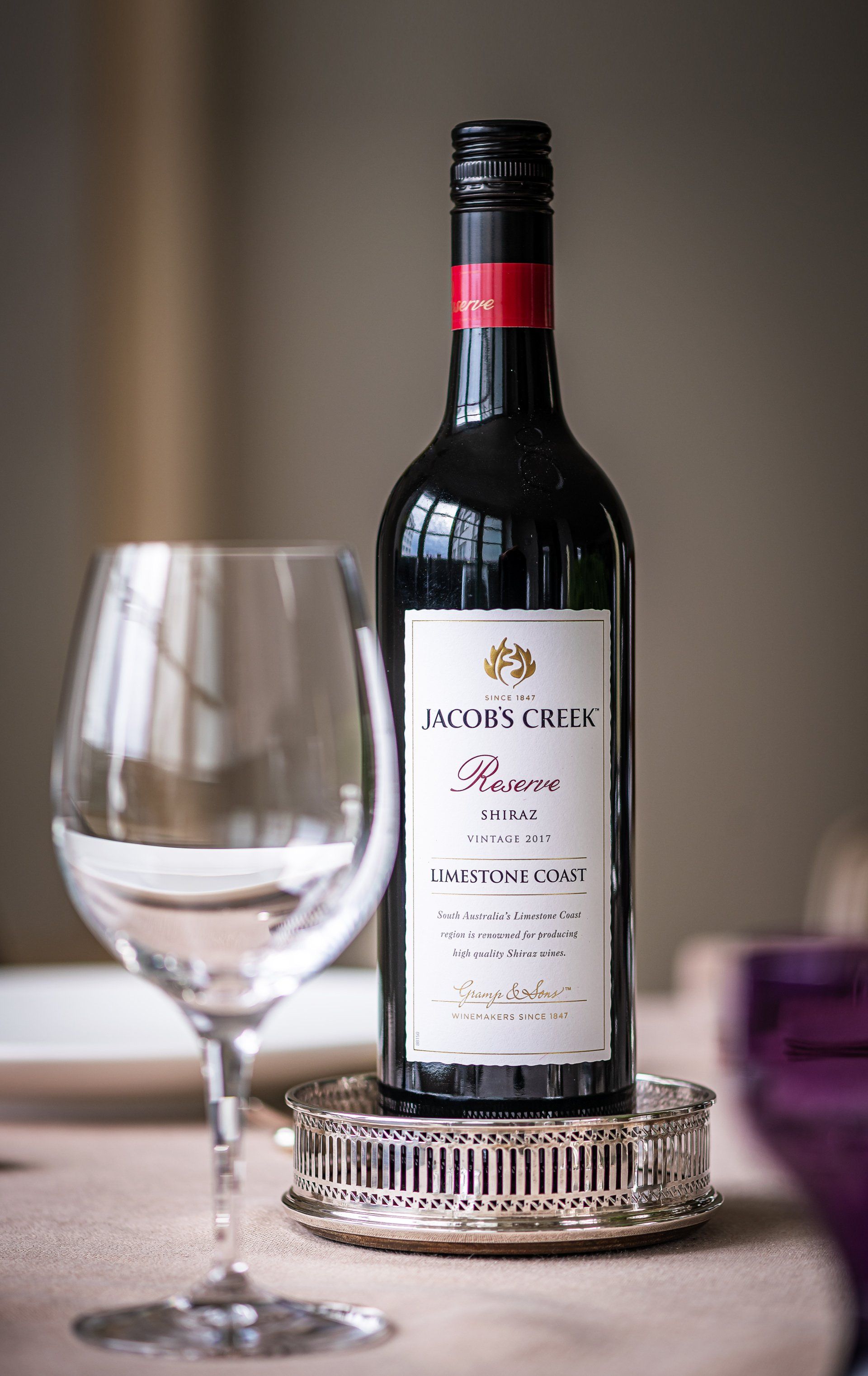
Slide title
Write your caption hereButton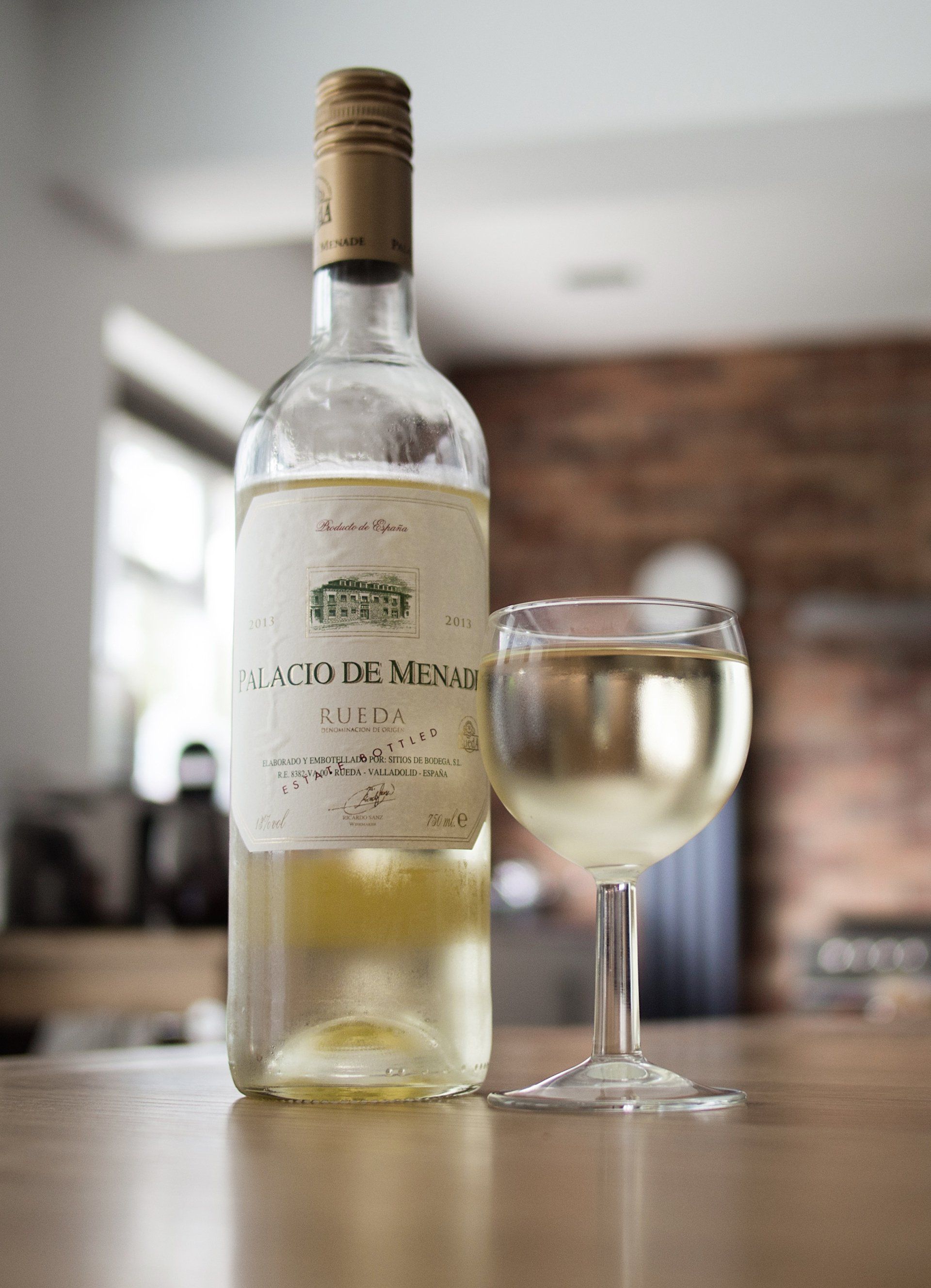
Slide title
Write your caption hereButton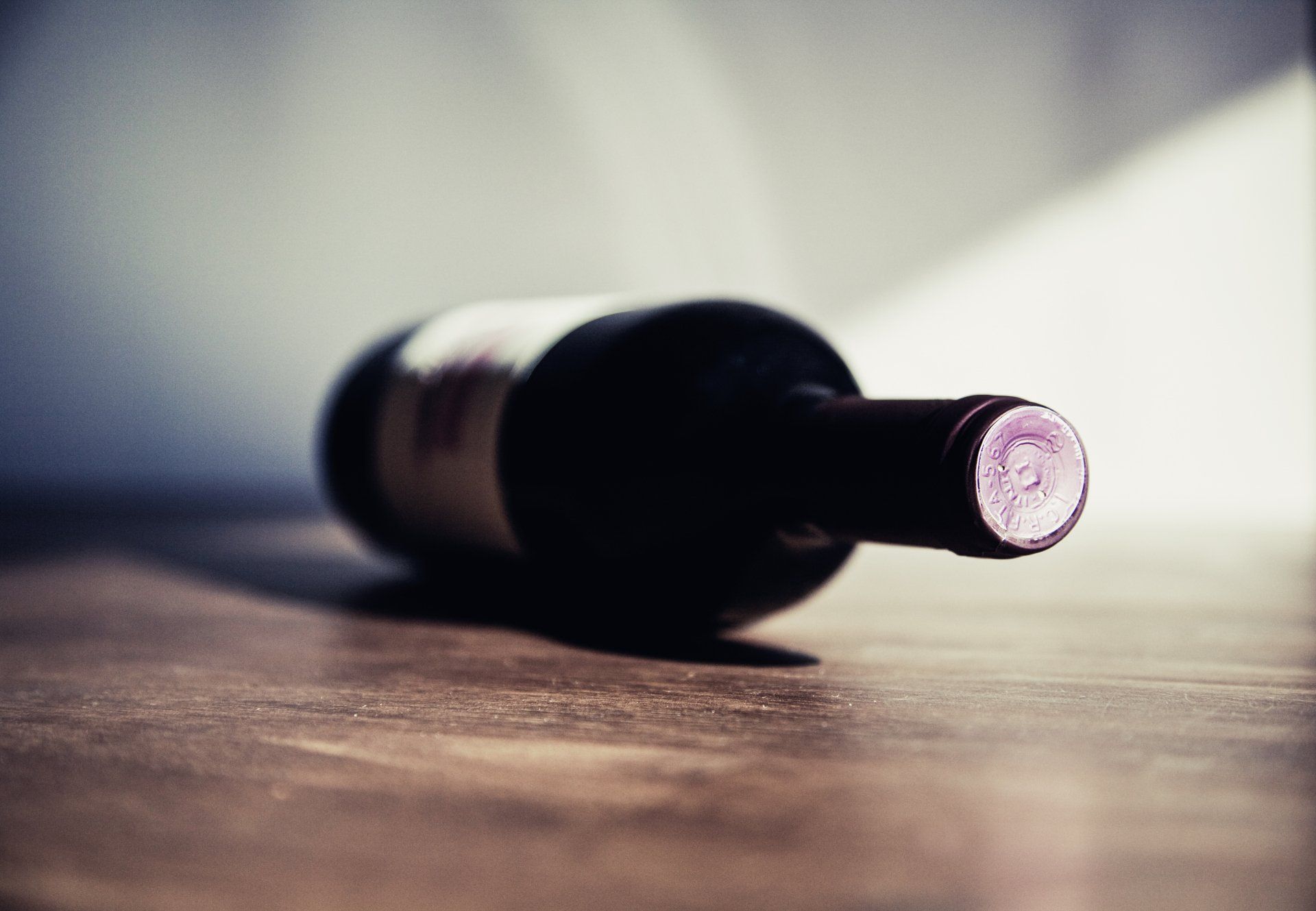
Slide title
Write your caption hereButton
NEW and EXCLUSIVE in Florida: Bordeaux wine line from Vignobles Bayle-Carreau, Bordeaux, France (Europe)
Excluisve in Florida: Bordeaux wine line from
Vignobles Bayle-Carreau, Bordeaux, France

SEVEN GENERATIONS OF WINEMAKING EXPERIENCE
The story of the Bayle-Carreau vineyards is the story of two families.
The Carreau family and the Bayle family, who share the same passion for wine and excellence.
Year after year, the Carreau family has developed a profound knowledge of the vine. Passed down from generation to generation, this expertise is the basis for a range of unique and aromatic wines.
The Bayle family represents the winemaking side of things, with a clear focus on wine production, marketing and sales.
The two families perfectly complement each other and manage a remarkable combined estate, whose beginnings take us back to the 1850s.
The origins
In 1852 Antoine Carreau acquires Château Barbé. This south-facing ten-hectare estate provides ideal sun exposure, which allows the grapes to ripen early.
A few years later, Antoine’s son François Carreau takes over the estate. After the Phyloxera crisis from 1875 to 1880, the entire vineyard is completely replanted to revitalise the business.
Following in François Carreau’s footsteps, his successors Ernest and Paul Carreau takes the helm and Château Barbé grows from 10 to 20 hectares. The estate is then handed over to Claude Carreau, Paul’s son.
In 1910, the Bayle family buys Château la Carelle. This 15-hectare estate located in the heart of the Blayais region is operated by Émile Bayle, assisted by his son from 1922.
From 1922 to 1956, André Bayle focuses on building a strong portfolio of clients around Normandy.
The birth of the Bayle-Carreau estate
In 1952, Jeanne-Marie, daughter of André Bayle, marries Claude Carreau.
The union of these two families also entails the merger of their respective vineyards’ know-how and a significant improvement in both production and sales.
In the following years, each estate also increases its scope. Château Barbé expands from 20 to 28 hectares and Château la Carelle grows from 15 to 25 hectares.
In 1971, Château Pardaillan’s 12 hectares are added to the thriving estate. The entire vineyard is completely remodelled to optimise resources and enhance quality.
Jeanne-Marie and Claude’s son Xavier joins the team to support his parents and leads a new sales push in Normandy.
Their daughter Chantal marries Alain Jourdan, a young agricultural engineer whose expertise becomes yet another asset for the vineyard’s wine production.
1976 is another milestone. It is the founding year of the Bayle-Carreau vineyards. Claude Carreau, Xavier Carreau and Alain Jourdan start a joint venture to integrate the Barbé, Carelle and Pardaillan estates.
This is the start of a completely new dynamic. Xavier focuses on sales development, Alain is in charge of production, and Claude continues to smoothly run day to day operations.
In 1977, success is in sight. The combined production of the vineyards is no longer enough to supply the ever-increasing demand in Normandy.
That same year, Bayle-Carreau becomes the proud owner of Château Eyquem. With its magnificent location overlooking the Gironde, this south-facing estate enjoys a beautiful sun exposure.
The vineyard includes newly planted vines, the winery features modern facilities, and the main building is fully renovated. At the beginning of the 1980s, the estate gets a complete makeover and becomes a reference point for customers from Normandy coming to visit the Bordeaux region.
A new generation
In the 1990s, the Bayle-Careau vineyards continue to expand with the acquisition of Château Landreau in 1995, a 15-hectare estate in the Côtes de Bourg appellation.
8 hectares belonging to the Calet estate are added to the growing vineyard in 1997.
1998 is a record year for Bordeaux wine sales worldwide, but the early 2000s see a sharp drop in numbers. In order to keep growing, Bayle-Carreau vineyards export some of their production abroad. The first objectives are the Netherlands and Belgium, followed by China, which becomes the main focus from 2004 on, with the creation of a local sales office.
Around the same time, Alain Jourdan’s son Cyril Jourdan, who graduated in Oenology, joins the business as Viticulture Manager.
In 2010, Château Gontier, a 20-hectare estate, becomes the newest addition to the Balye-Carreau vineyards.
In 2014, Charlotte Carreau, daughter of Xavier Carreau, takes on a new position as export manager.
In 2019, Aurélien Broly joins the team and brings his valuable experience to the estate’s solid organisation.
Their commitments
WORKING THE LAND AND PROTECTING ITS NATURE
Our land and our nature are precious gifts we need to protect.
For the Bayle, Carreau and Jourdan families, this principle has long been the driving force of the vineyards’ success. Sustainability is at the centre of all operational decisions.
Thanks to these efforts, we have received two certifications: High Environmental Value (HVE) and Terra Vitis. These certifications guarantee that our processes follow best practices, and our wines are made in the best conditions to safeguard the balance between Man and nature.
Preserving natural resources, as well as protecting our health, is the main goal of the Terra Vitis certification. THIS COMMITMENT IS BASED ON 6 PRINCIPLES
1 – RESPECT OUR ENVIRONMENT
We respect our water resources and the biodiversity of our soil in order to grow vines that will yield good and healthy grapes.
2 – PROTECT OUR VINES AND GRAPES
We observe and study the vines carefully to help their natural defences. We only step in when there is no other way to ensure a successful crop.
3 – RESPECT PEOPLE
We strive to provide our employees, farm neighbours and all people with a good environment to protect their health.
We also provide training for all the people working in our vineyards.
4 – INNOVATE AND CHANGE
Year after year, we try to stay ahead of future environmental and health requirements. To do this, we develop and test new techniques with the help of all of our vineyards’ highly qualified staff.
5 – RESPECT OUR COMMUNITY
Because we are environmentally conscious, we make sure all the waste from our estate is reused or recycled.
6 – RESPECT THE CONSUMER
Each stage of production is audited by an independent organisation. The auditor certifies each vintage. This certification gives our consumer full transparency on our winemaking process from the vine to the glass.
THE HVE label is regulated by the Ministry of Agriculture. This label aims to define and promote environmentally friendly farming practices.
IT FOCUSES ON FOUR MAIN AREAS
BIODIVERSITY
Biodiversity and agriculture must go hand in hand, because working the land means interacting with nature constantly.
This is why integrating biodiversity into our production techniques is so important when it comes to mitigating the negative impact some farming practices can have on the environment (fertilisation, tillage, crop protection products, mono-cropping, etc.) and maximising biodiversity’s benefits (regulate water, filter pollutants, prevent erosion, pollinate, etc.).
To enhance functional biodiversity, is it crucial to preserve and integrate areas of the farm dedicated to cover crops in order to ensure the survival and reproduction of beneficial insects.
PLANT PROTECTION STRATEGY
Throughout the year, crops are exposed to pests and disease, as well as weeds that can deprive the vines of the nutrients they need. To reduce the impact of these threats on the vines, every vineyard needs to have a clearly defined strategy. The first course of action is the use of plant protection products.
In viticulture, these products usually fall into two categories: herbicides, which will be used to manage weeds, and non-herbicides, which will treat pests and disease problems.
While these plant protection products can help, it is important to use them with caution so as to preserve the environmental balance, and to use natural techniques where possible.
FERTILISER MANAGEMENT
Fertilisation is an essential part of growing vines, as it not only provides essential nutrients for the vines, but also ensures the soil is healthy.
Organic matter plays a key role, particularly in the storage and regulation of the vine’s nutrients, the quality and stability of soil structure, the soil’s ability to retain water and its biological properties. Fertilisation must therefore be treated with utmost care and dedication.
The environmental challenge of fertilisation lies not so much in limiting the inputs, but rather in enhancing the quality of those inputs and limiting the use of synthetic products.
IRRIGATION MANAGEMENT
Water management is a key element in the day-to-day of most vineyards. As droughts become more common, crops are more frequently subject to water deficit. Although more and more water is needed every year, it is crucial to address how we use this resource.
To optimize water use and conservation, there are three components to take into account: the plant, the soil and the climate. The plant must be watered according to its specific needs, which will vary depending on the climate, the type of soil, the anticipated yield and other aspects such as soil management. The real challenge is to develop practices that optimize the use of the water that is naturally retained in the soil and to limit additional watering (irrigation).
Read more under: Vineyard - www.bayle-carreau.com
All information above in this text are allowed and copied from the original website above.
All Rights Reserved | Vine Importers LLC
